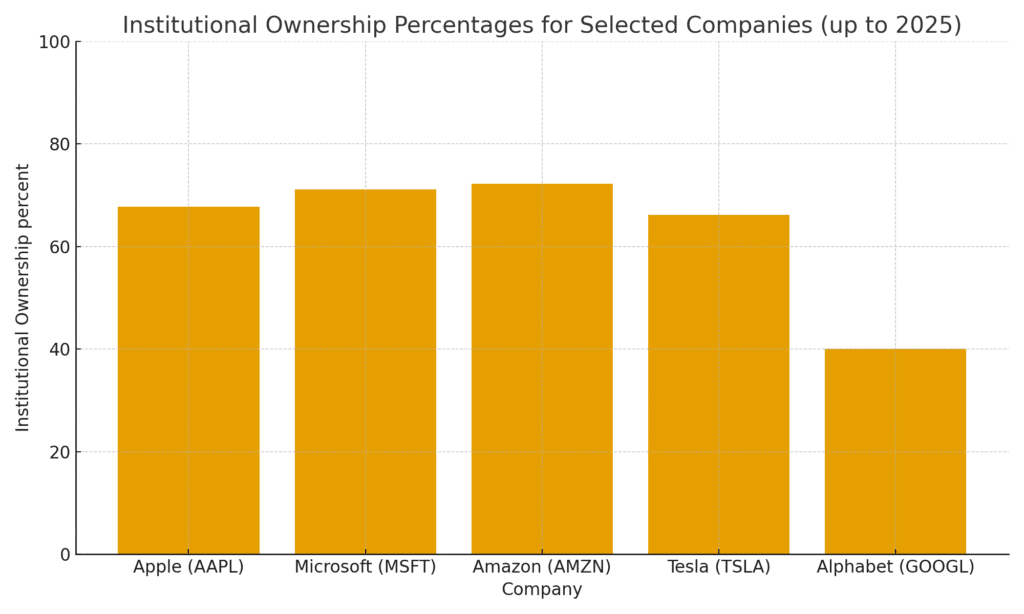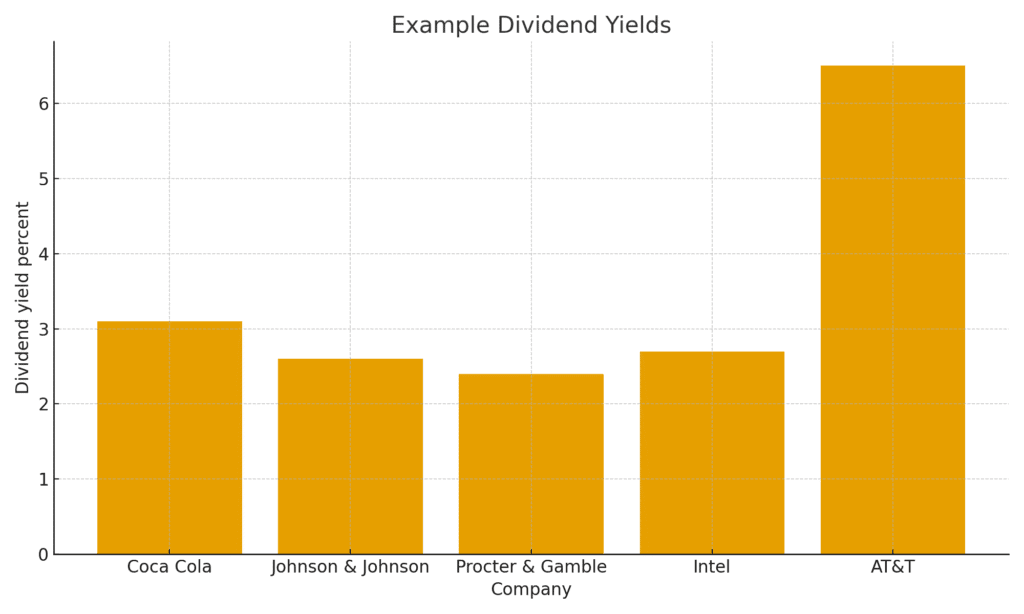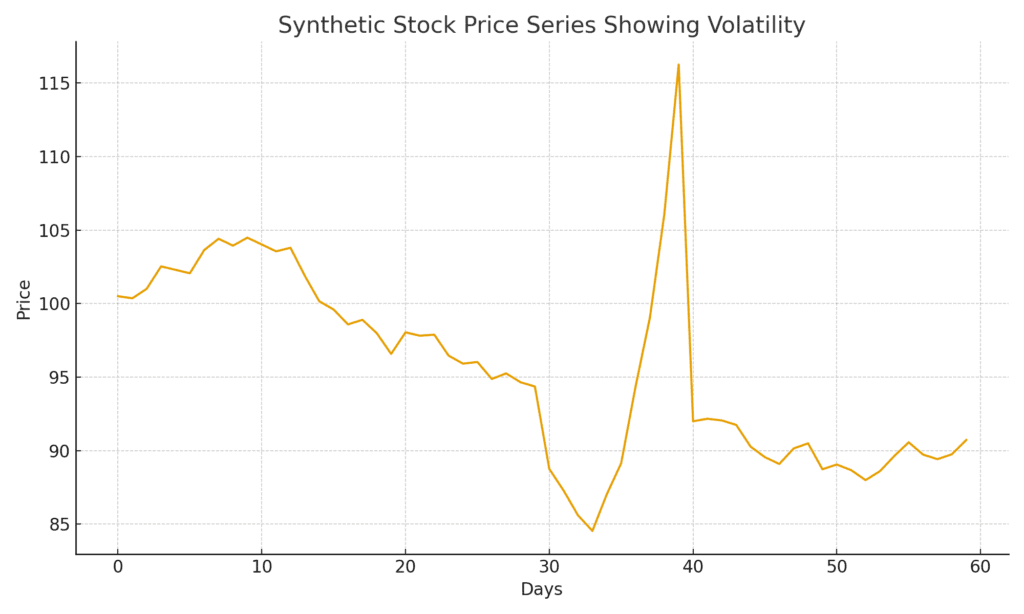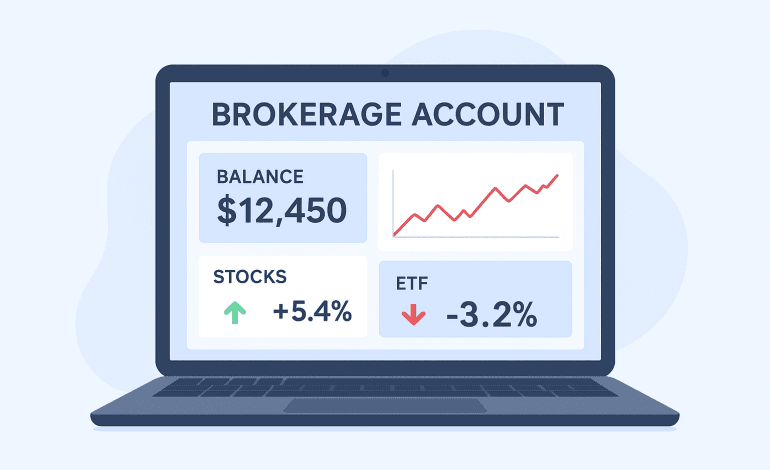
Stock Market Terms can feel like a secret language when you first start investing. I remember opening my first brokerage account and freezing on the order screen because terms like market order, bid ask, and liquidity did not feel intuitive. Years later, after auditing hundreds of financial pages as a technical SEO and after building my own long term portfolio, I can tell you that vocabulary is not trivia. It is the map. When you understand the words, you can navigate earnings calls, analyst notes, and regulatory filings with confidence.
This guide is written with a Tier 1 audience in mind. If you invest in the United States, the United Kingdom, Canada, Singapore, or Australia, the definitions are the same while the regulation and tax treatment can differ. Where it matters, I point you to credible resources so you can go deeper for your market.
Stock Market Terms Primer: How to Read This Guide
Use this article in three ways.
- Scan mode for quick definitions.
- Deep dive using the external resources to verify details for your jurisdiction.
- Action mode by applying the examples to your watchlist and portfolio.
If you are a beginner, read all ten terms once. If you are an intermediate investor, jump to the sections you use less often and refresh your understanding with the examples. If you’re new to the stock market, you can refer to the beginner’s guide.
Stock Market Terms 1: Stock
A stock represents fractional ownership in a company. When you own shares, you are entitled to potential price appreciation and, if declared, dividends. Ownership also conveys rights that can include voting on directors and certain corporate actions.
Why it matters
When you evaluate a stock, you are evaluating a business. The chart matters, yet revenue growth, margins, balance sheet strength, and competitive dynamics matter more. I learned this the hard way in my early days by chasing a fast rising chart without reading the 10 Q. The price fell, the business fundamentals were weak, and my thesis had no anchor.
Quick check
Open the company profile on your local exchange or regulator portal to confirm share classes and investor rights.
Stock Market Terms 2: Shareholder

A shareholder is an individual or institution that owns one or more shares in a company. Shareholders benefit when the company creates value and are exposed to losses when the business deteriorates.
Why it matters
Understanding your rights as a shareholder helps you react rationally during market stress. In a volatile week, price can swing faster than fundamentals change. Shareholders who have anchored their thesis in cash flows, moats, and management quality tend to avoid panic selling.
Real world tip
Check whether your broker automatically enrolls you for dividend reinvestment or if you need to opt in. Policies differ by country. In some markets, dividend withholding tax can apply. Your after tax yield is what you keep, not what the press release quotes.
Stock Market Terms 3: Bull Market
A bull market is a sustained period when broad stock prices trend higher. The textbook threshold some investors use is a rise of twenty percent from a recent low, though the concept matters more than a fixed percentage. Bull markets reflect expanding risk appetite, improving earnings, accommodative policy, or some combination of the three.
Why it matters
In bull phases, fear of missing out can push investors toward excessive risk. Position sizing and a written plan keep you grounded. My rule is simple. Each new position must fit the portfolio risk budget even when momentum looks irresistible.
Signals to watch
- Breadth indicators such as the percentage of stocks above their 200 day moving average
- Credit spreads and funding conditions
- Earnings revisions across sectors
Stock Market Terms 4: Bear Market
A bear market is a broad and persistent decline in prices. Many practitioners mark a drop of twenty percent from a recent high as the threshold. The label is less important than the behavior you adopt when it happens.
Why it matters
Bear phases test both your analysis and your temperament. During the last sharp drawdown I coached a friend to write a pre commit plan. He listed which holdings he would add to at preset valuation levels and which he would exit if the original thesis broke. That checklist removed guesswork and reduced regret.
Practical steps for survival
- Reconfirm your time horizon and liquidity needs
- Rank holdings by conviction and balance sheet quality
- Use limit orders to avoid slippage in thin trading hours
- Consider dollar cost averaging only into businesses you are willing to own for years
Jurisdiction note
Short selling rules and borrowing costs vary across markets. The UK and Singapore have disclosure and locate requirements that differ from the US. Always review the rules before you implement hedging or short exposure.
Stock Market Terms 5: Dividend

A dividend is a portion of a company’s profit paid out to shareholders. Not every company pays dividends, but those that do often attract investors looking for steady income. Blue chip firms like Procter & Gamble, Johnson & Johnson, or Coca Cola are classic dividend payers.
Why it matters
Dividends can be a reliable source of cash flow, especially in retirement portfolios. Reinvesting them through a dividend reinvestment plan (DRIP) can compound returns over decades. I still remember the first dividend I received, it was only a few dollars, but it felt like a milestone because my money was working for me, not the other way around.
Jurisdiction differences
- In the US, dividends can be “qualified” or “ordinary,” impacting tax rates.
- In Australia, franking credits can offset personal taxes.
- In Singapore, most dividends are not taxed at the shareholder level.
Stock Market Terms 6: Market Capitalization
Market capitalization (often shortened to “market cap”) is the total value of a company’s outstanding shares. You calculate it by multiplying the share price by the number of shares available.
Categories
- Large cap: Companies valued over $10 billion (e.g., Apple, Microsoft). Stable but slower growth.
- Mid cap: Between $2 billion and $10 billion. Often in growth phase.
- Small cap: Below $2 billion. High growth potential but more volatile.
Why it matters
Market cap helps investors gauge company size, risk, and role in a portfolio. Large caps often anchor stability, while small caps may fuel aggressive growth strategies. When I structured my own portfolio, I learned quickly that too many small caps created wild swings in value. Balancing across caps created a smoother ride.
Global context
Investors in Singapore or Australia may encounter different thresholds, but the logic holds, size categories give you quick insight into risk and liquidity.
Stock Market Terms 7: IPO (Initial Public Offering)
An IPO happens when a private company sells shares to the public for the first time. This process lets a company raise capital for growth, while giving investors the opportunity to own part of the business.
Why it matters
IPOs often generate hype, but not every IPO turns into a success story. I remember when Uber went public. Many investors jumped in on day one, only to watch the stock fall below the offering price. The lesson? Excitement doesn’t equal value. You need to study fundamentals, management credibility, and lock up periods.
Investor tip
Participating in IPOs may require special access through your broker. Allocation is often limited. For most investors, it may be smarter to wait until the post IPO volatility cools down before entering.
Stock Market Terms 8: Liquidity
Liquidity measures how quickly and easily an asset can be converted into cash without affecting its price. Stocks of large, widely traded companies like Apple or Tesla are highly liquid. Smaller companies or those on secondary exchanges may have lower liquidity.
Why it matters
Liquidity affects both entry and exit. If you hold a thinly traded stock, selling even a small position could push the price down. Early in my career, I made the mistake of buying a micro cap with very low liquidity. When I wanted to sell, I had to accept a steep discount just to find a buyer.
Practical impact
- Liquid stocks = tighter bid ask spreads and smoother trading.
- Illiquid stocks = wider spreads, slippage, and higher transaction costs.
Global context
In Singapore and Australia, investors often encounter lower liquidity in mid and small cap segments compared to the US or UK. Always check average daily volume before placing large orders.
Stock Market Terms 9: Volatility

Volatility refers to the degree of price variation in a stock or market over a given period. A stock with high volatility may swing up and down sharply, while a low volatility stock moves more gradually.
Why it matters
Volatility is not inherently good or bad. Traders often seek volatile stocks for quick gains, while long term investors usually prefer lower volatility for steady growth. Personally, I treat volatility as a signal of risk, not a guarantee of return. When I began trading, I confused volatility with opportunity. The result was a string of rushed trades and unnecessary losses.
Measurement tools
- Standard deviation of returns
- Beta (comparison to the overall market)
- Volatility indexes like the VIX
Jurisdictional note
Markets like the US and UK have mature derivatives products (options, futures) to hedge volatility, while smaller markets may have fewer instruments.
Stock Market Terms 10: Portfolio
A portfolio is the collection of investments you hold. This can include stocks, bonds, mutual funds, ETFs, real estate, and even alternative assets like crypto.
Why it matters
Your portfolio is not just a list of assets. It is a reflection of your goals, risk tolerance, and investment horizon. When I built my first serious portfolio, I realized diversification was not about owning many stocks, but about balancing across sectors, regions, and asset classes.
Best practices
- Diversify across sectors and regions
- Rebalance periodically to maintain your target allocation
- Match portfolio risk to personal timelines (short term vs retirement)
Practical example
A Canadian investor saving for retirement may hold:
- 40 percent Canadian and US large cap stocks
- 20 percent international developed markets
- 30 percent bonds and GICs
- 10 percent alternatives like REITs
Bonus Stock Market Terms
To strengthen your knowledge and improve topical coverage, here are additional Stock Market Terms that investors should keep in mind:
- P/E Ratio (Price-to-Earnings): A valuation metric comparing stock price to earnings per share.
- EPS (Earnings Per Share): Profit attributable to each share.
- Bid Ask Spread: The difference between the price buyers are willing to pay and sellers are asking.
- Blue Chip Stock: A financially stable, established company with a strong reputation.
- ETF (Exchange Traded Fund): A basket of securities traded like a stock.
- Index: A benchmark (like S&P 500, FTSE 100) tracking a group of stocks.
- Short Selling: Borrowing shares to sell, hoping to buy back lower.
Are these Stock Market Terms universal across countries?
Yes, the terms are universal, but tax treatment, reporting rules, and investor protections vary across the US, UK, Canada, Singapore, and Australia. Always confirm with your local regulator.
How do Stock Market Terms help in making better investment decisions?
They reduce confusion, build confidence, and allow you to focus on fundamentals rather than hype. Knowing the language means you can critically evaluate analyst reports, news, and corporate filings.
Where can I practice using these Stock Market Terms?
Read company filings on EDGAR in the US
Explore financial education hubs at LSE or ASX
Should beginners memorize all Stock Market Terms before investing?
No. Start by understanding the 10 essentials covered here. Learn others gradually as they appear in your research.
Conclusion
Mastering Stock Market Terms is the first real step toward becoming a confident investor. When you know the language, you are no longer at the mercy of financial jargon. You can evaluate opportunities, manage risks, and stay calm during market swings.
From my own journey, I can say the difference between guessing and informed investing comes down to knowledge and discipline. These 10 essential terms, supported by real examples and resources, form the foundation of that knowledge.
If you are just starting out, bookmark this guide and revisit it often. Pair it with your own research, link to related posts on your site, and keep building your investing vocabulary. Over time, the market will feel less intimidating and more like a place where your strategy, not luck, decides your success.



